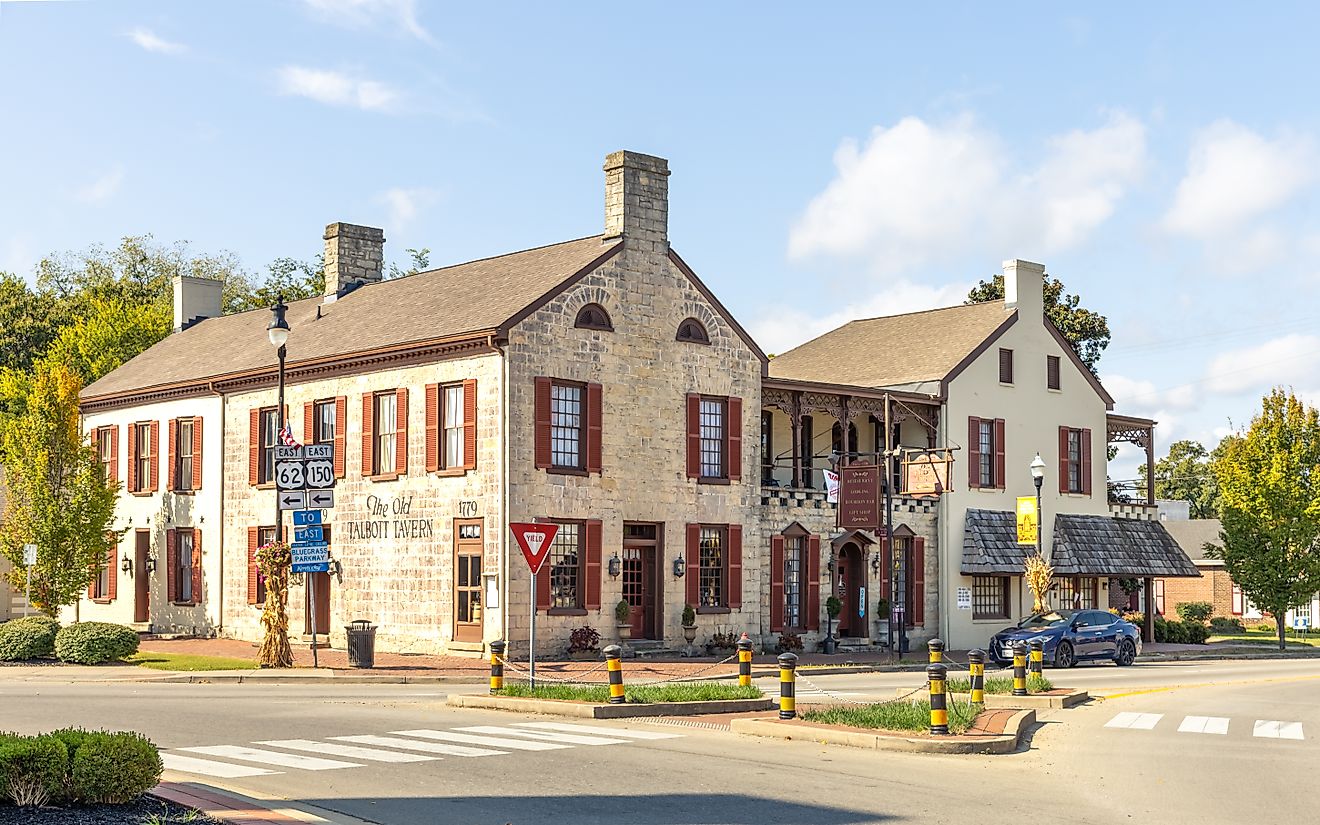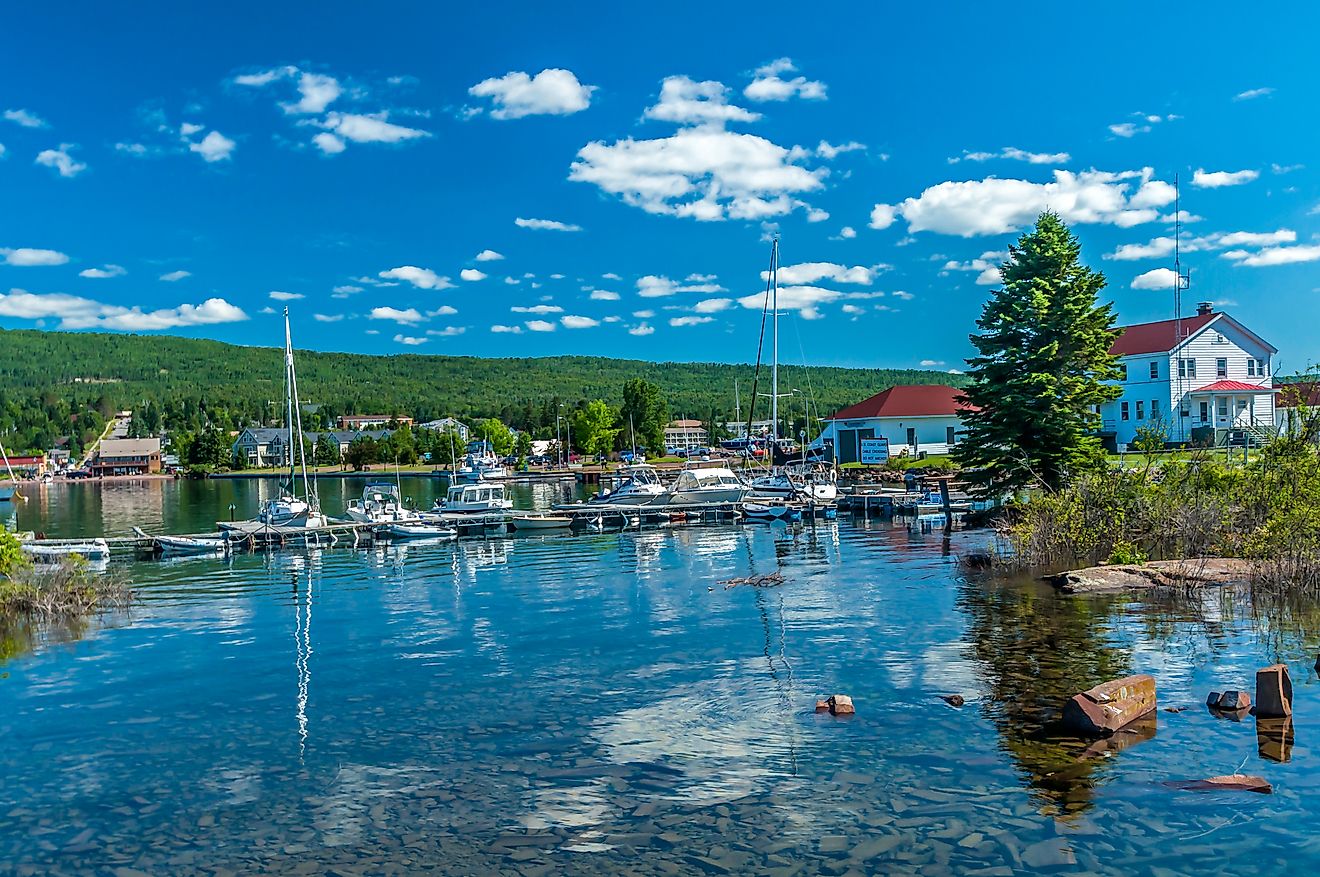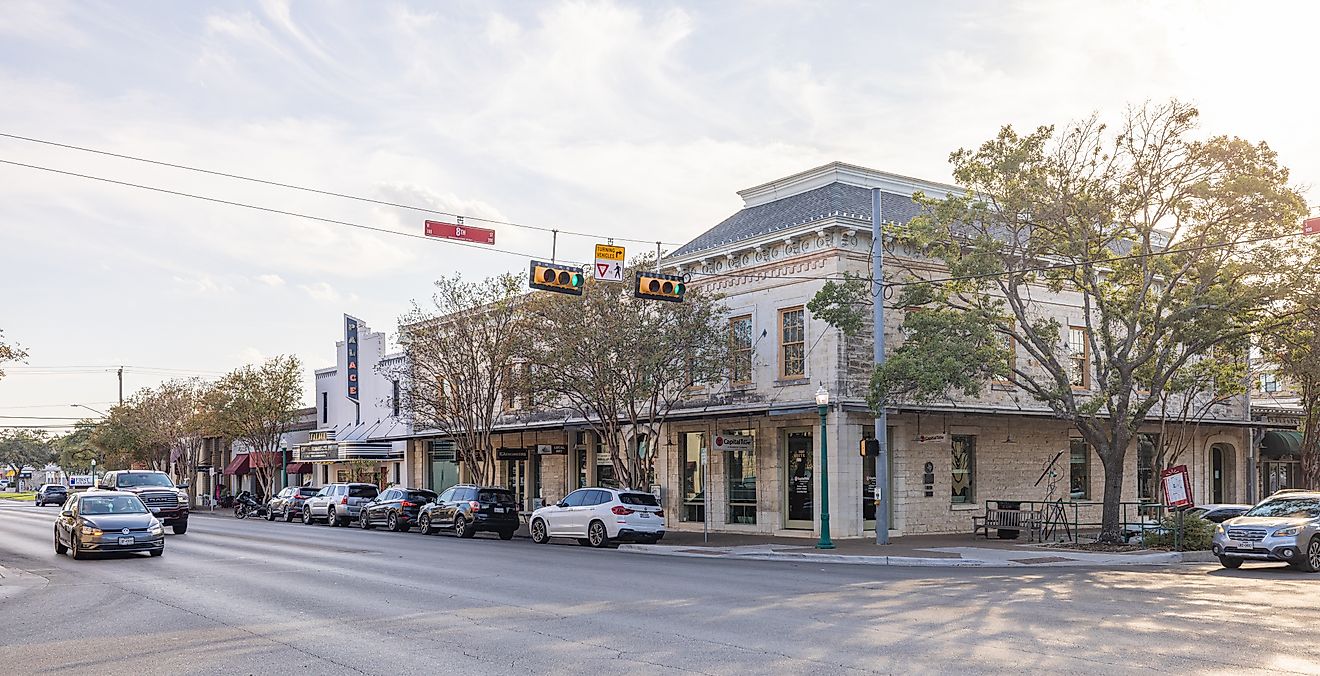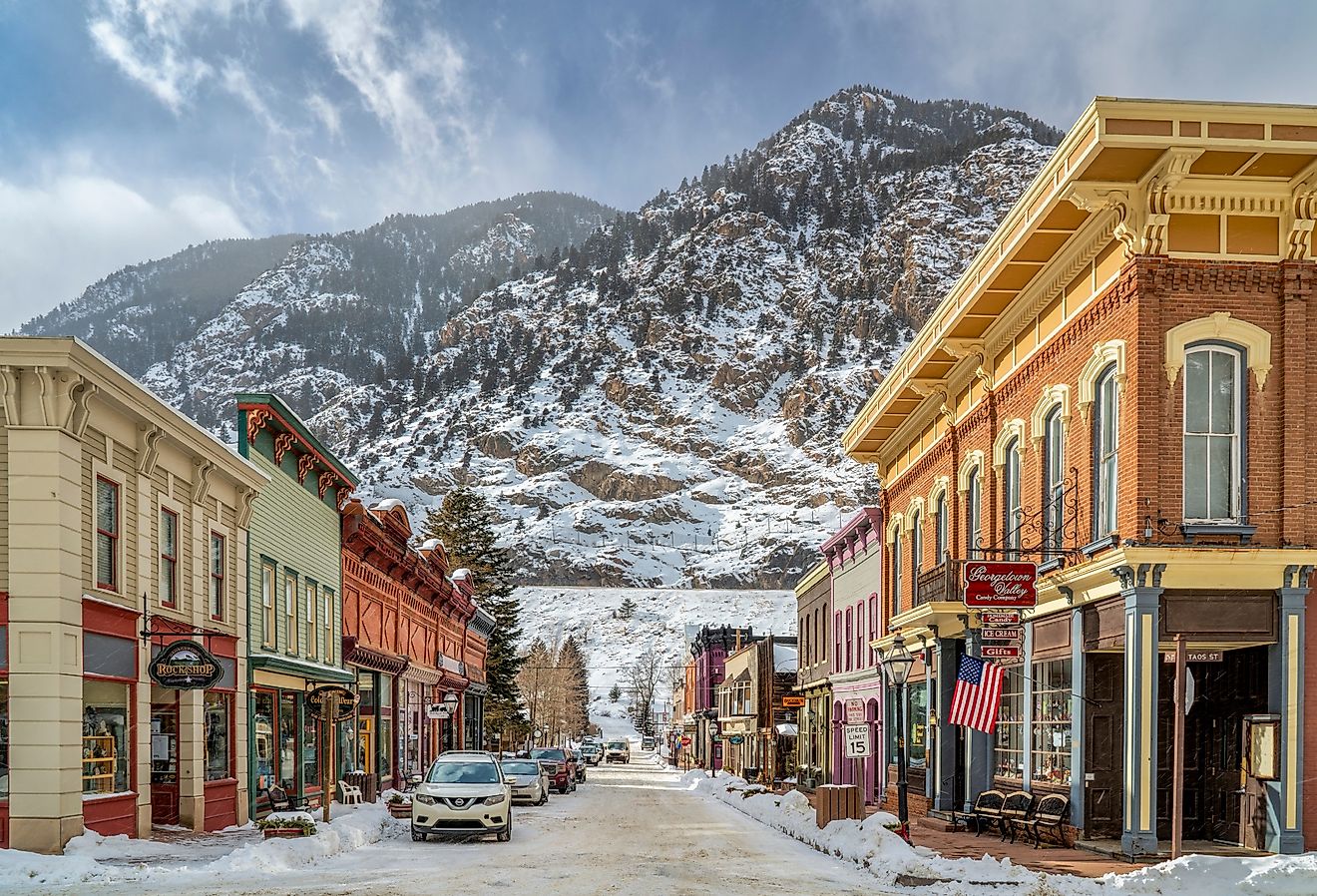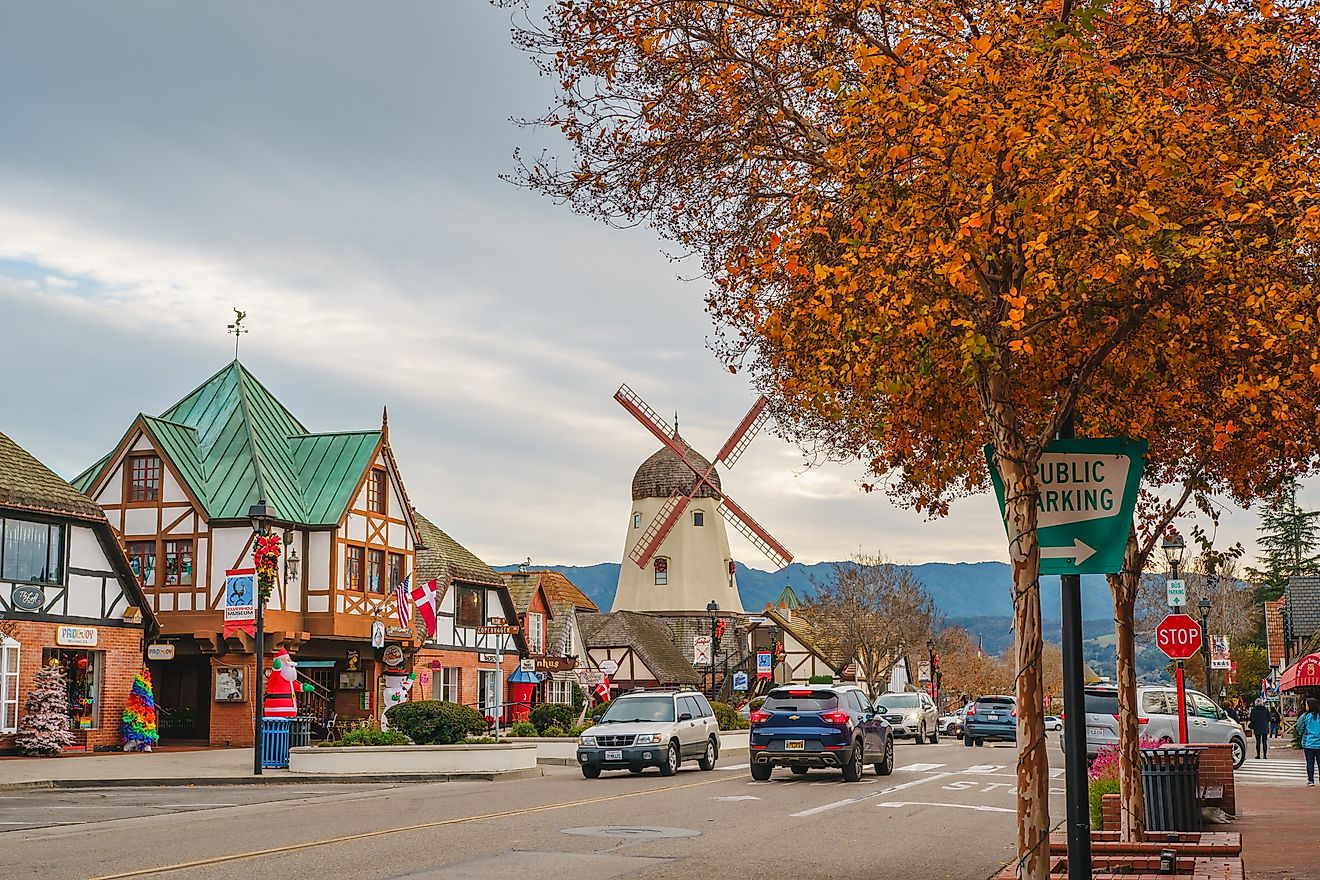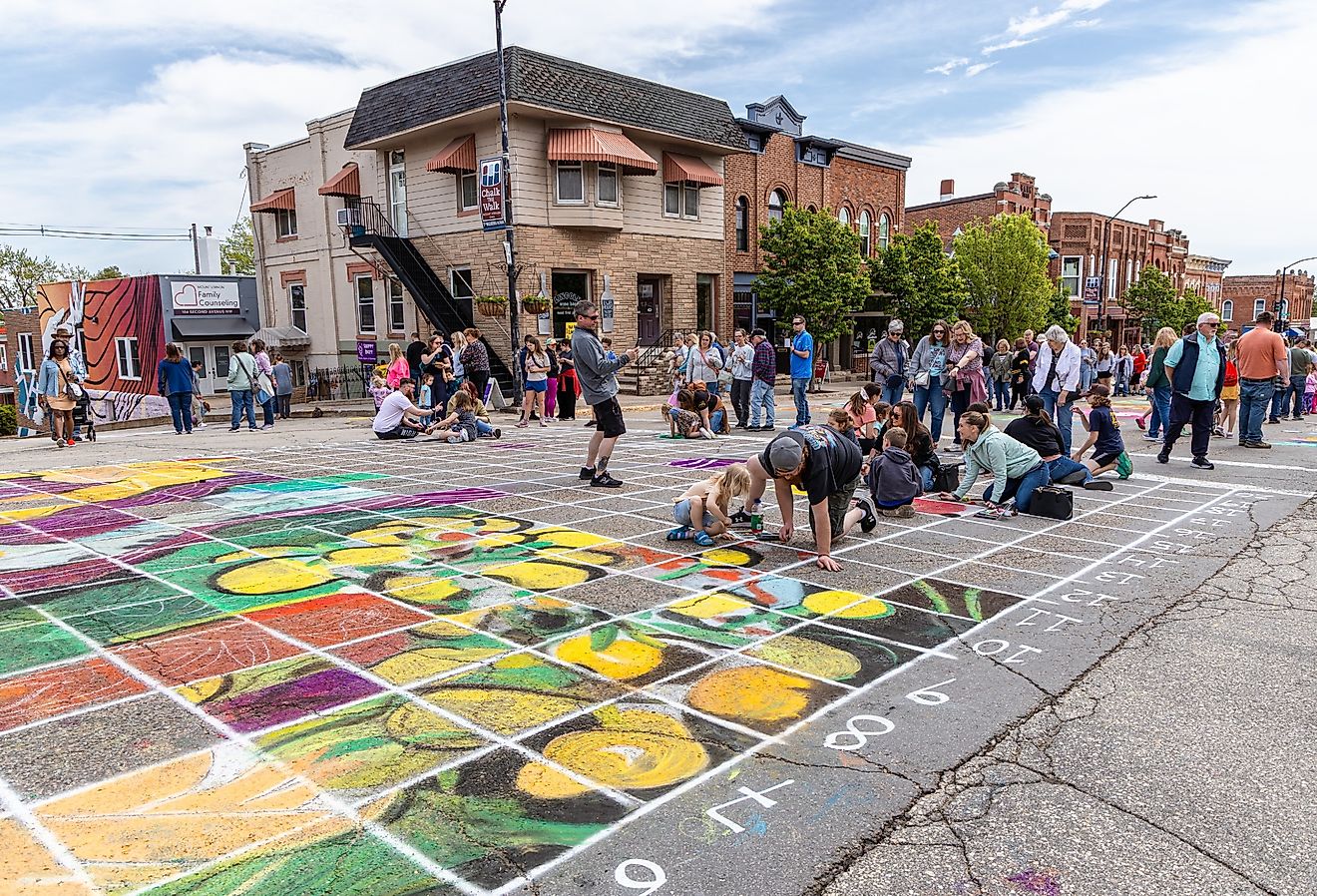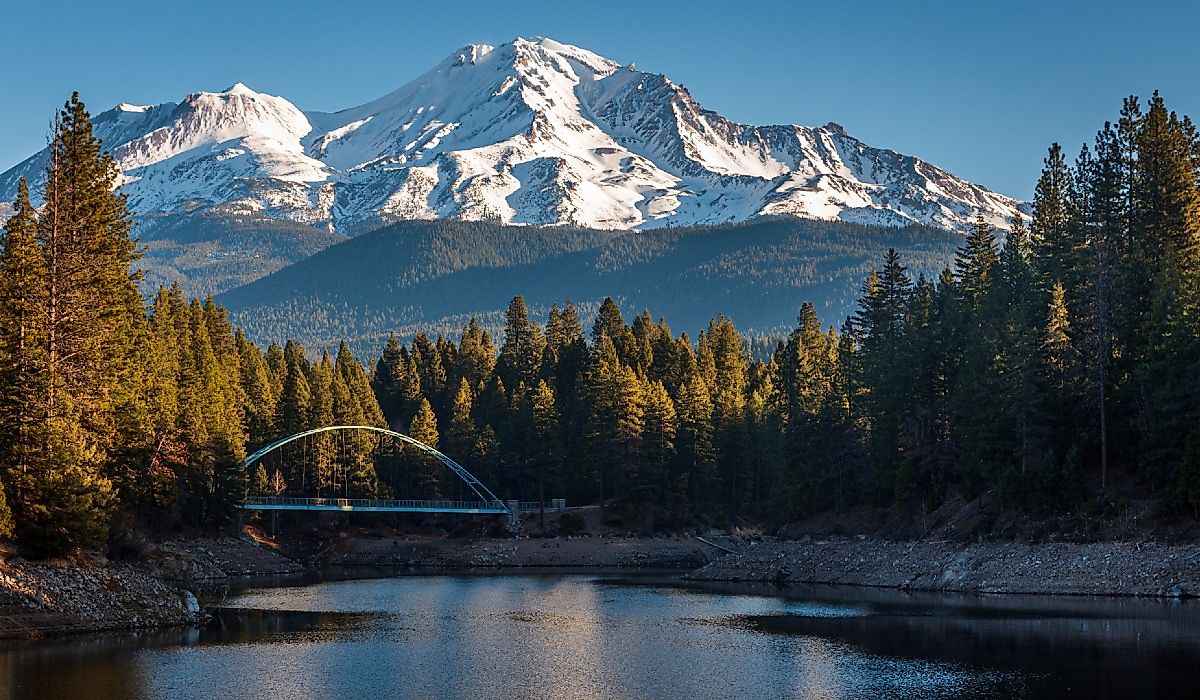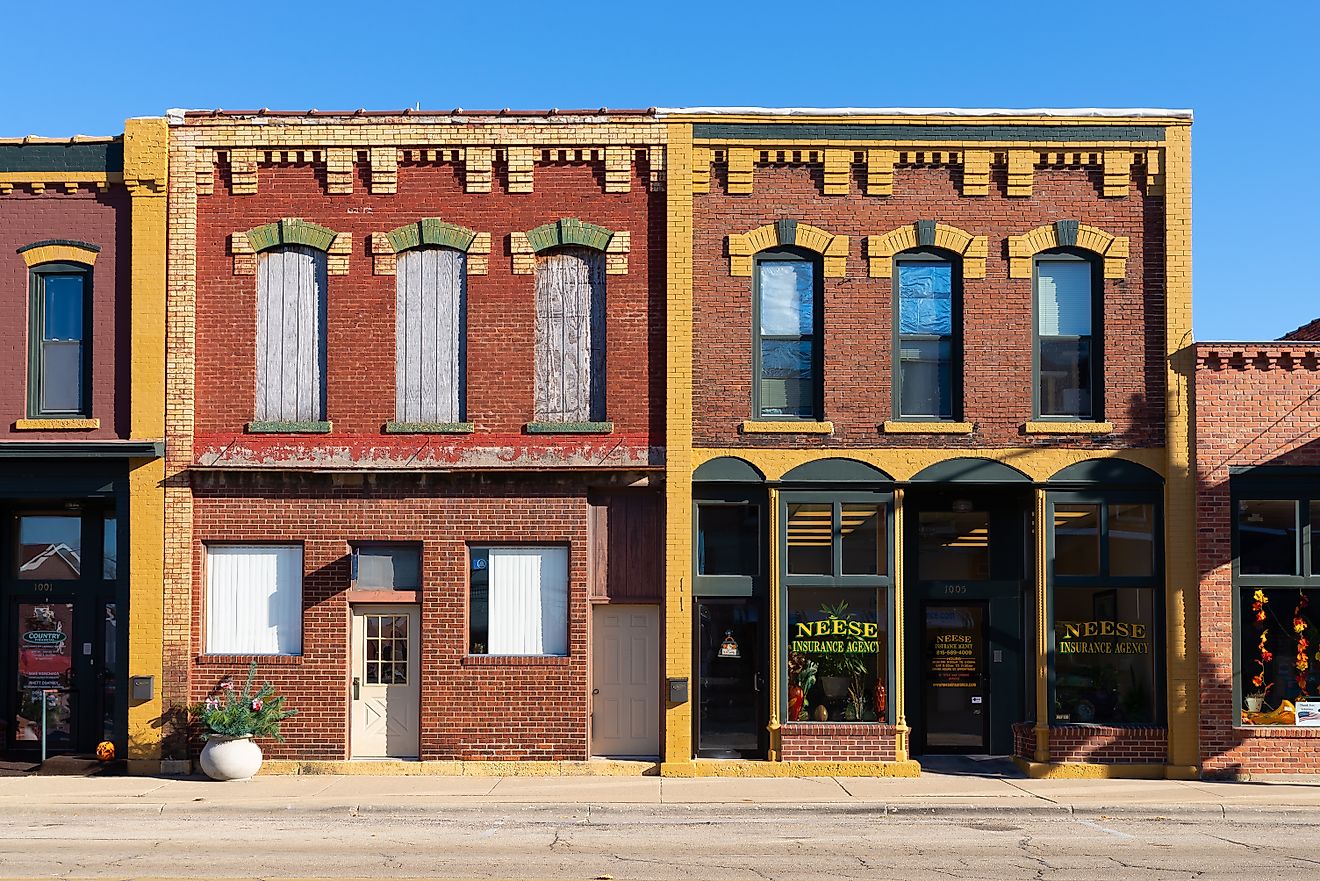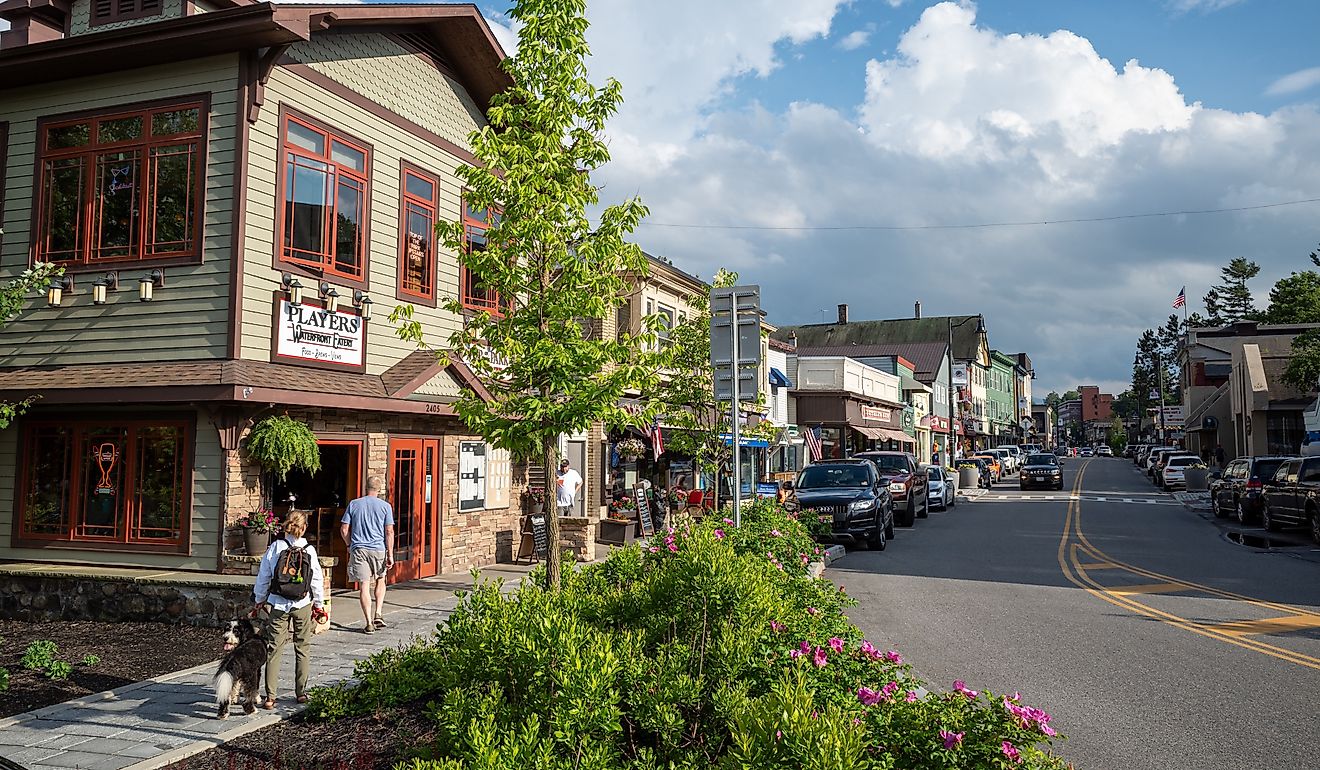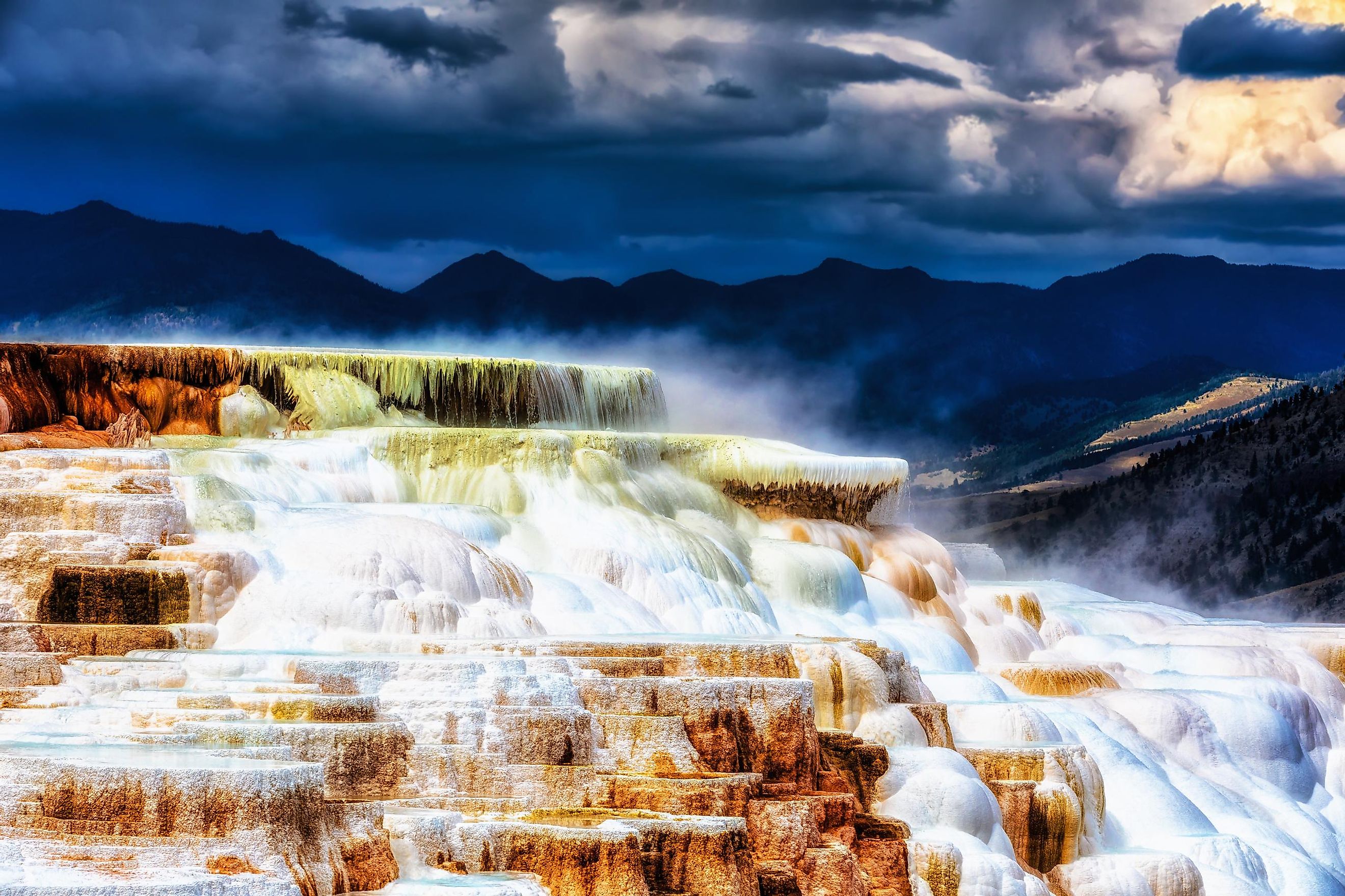
Mammoth, Wyoming
The town of Mammoth is arguably a town. It's small enough to the point where it's considered a census-designated place, which means it isn't incorporated, but at the same time, people are living there. Mammoth is a part of Yellowstone National Park near the border of Montana and is only 0.788 square miles in size. According to the United States Census Bureau, only 262 people live there as of 2020. Despite its size, Mammoth has a pretty robust historical district.
History
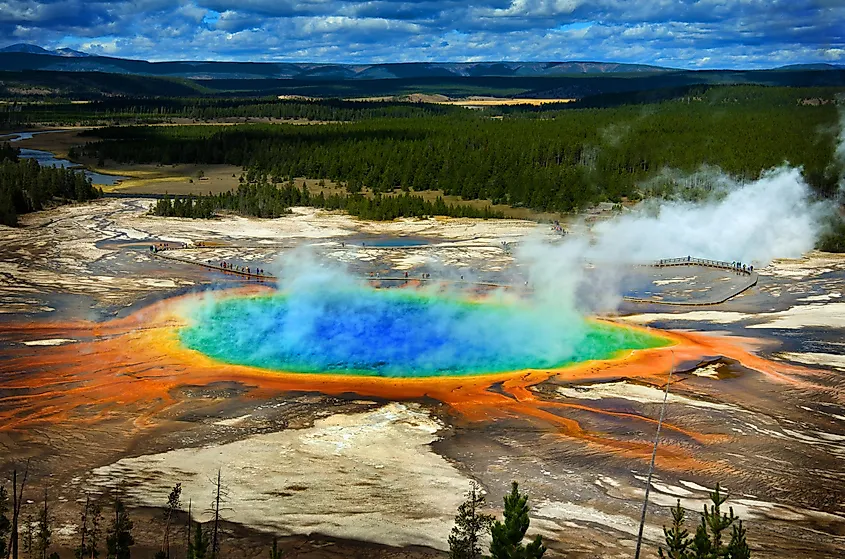
In the late 19th century, much conservation effort went into protecting places like Yellowstone National Park. Fort Yellowstone is a collection of structures, now standing at 35, from this time when the US Army watched over Yellowstone. The fort is part of Mammoth in the northwest part of Yellowstone and represents the first development of the park's facilities. The army was needed as poachers were killing the local wildlife, and people were taking parts from the local geysers and hot springs, making the conservation effort all for nothing. The most people at the fort were in 1910 when 324 soldiers were stationed there. The army had completely moved out by 1918, with the newly formed National Park Service taking their place.
Climate
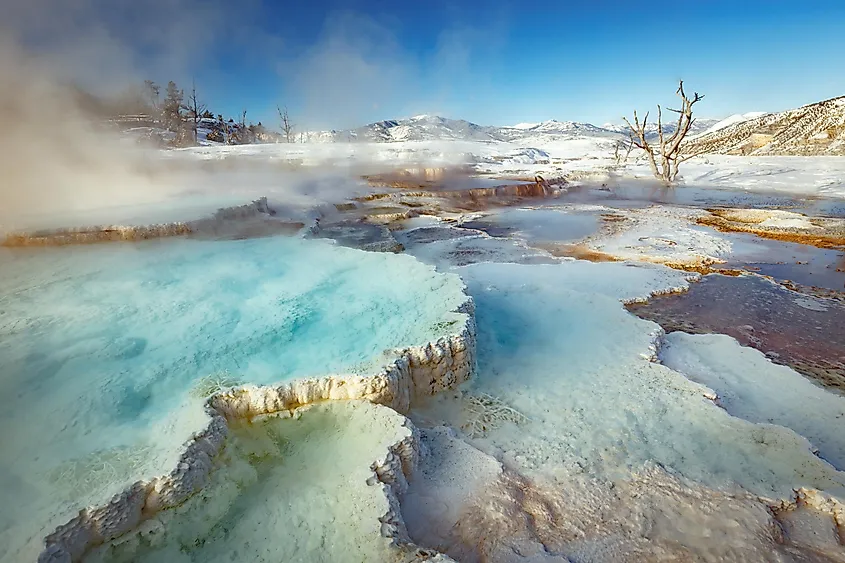
Mammoth has a colder average temperature than the rest of Wyoming, according to bestplaces.net. The hottest days are usually in July and August, with the temperature in July at 72.4°F on average in Mammoth and 84.6°F in the rest of the state. The lowest temperatures tend to be in January, with the average low temperature in the state already being lower than the rest of the country. Wyoming's January Low Temperature is around 9.5°F, whereas Mammoth's during the same timeframe is around 1°F. Mammoth has a relatively low humidity and has its wettest month in May, with 2.5 inches of rainfall.
Points of Interest
Mammoth Hot Springs
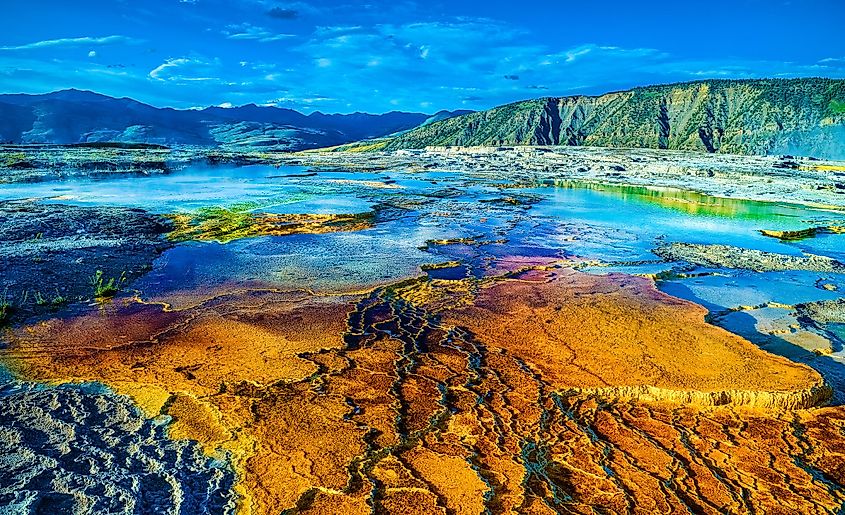
Besides Fort Yellowstone, Mammoth was built around the local hot springs. They're a must-see not just in the area but for the whole park as well. The limestone deposits can grow and decay much faster than other rocks in hot springs. There's an upper and lower terrace area, with the lower area having formations like the Liberty Cap, a 37-foot-tall cone-shaped mineral deposit. The upper areas are more diverse, with places like New Highland Terrace, Orange Spring Mound, White Elephant Back Terrace, and more. The Orange Spring Mound, in particular, has bacteria and algae, making the formations orange. Local places like the Mammoth Hot Springs Hotel accommodate people who want to see the hot springs with deluxe suite arrangements.
Fort Yellowstone
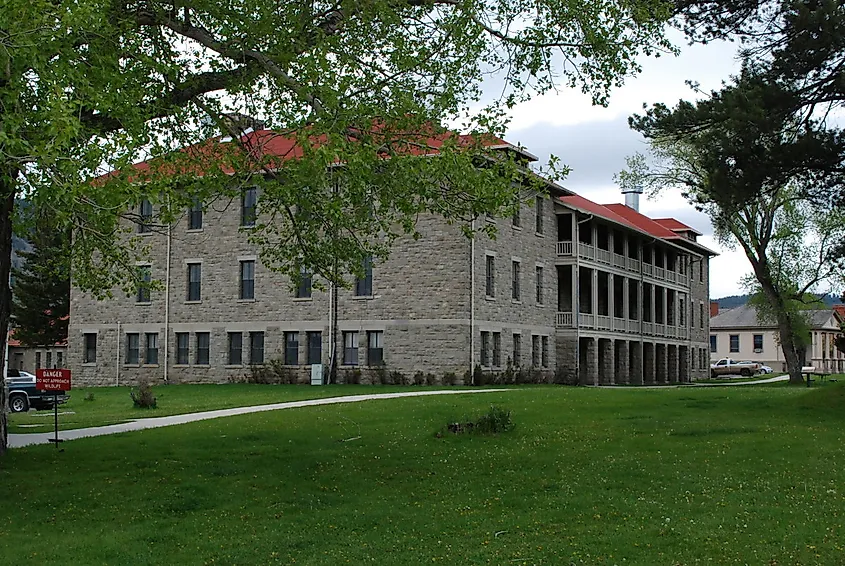
Fort Yellowstone, also called the Fort Yellowstone Historic District, has a tour where people can explore the history of the first national park. A good chunk of the buildings are still used by the National Park Service or local employees in the area, meaning they're not empty structures. Some buildings include the Cavalry Barracks, built in 1891 and 1897 to support cavalry troops stationed in the area, the Mammoth District Ranger Station, and the original 1891 guardhouse. There's a local picnic area and historic parade ground, where the army used to host parades over a century ago.
Discovering Mammoth's Historical and Natural Splendor
While Mammoth has a small population and an even smaller area, it's packed with history from when the United States had the army help protect Yellowstone National Park. The local hot springs bring people from all around in and out of Wyoming to see the stunning limestone deposits and many historic buildings still in use today. Mammoth is welcoming for tourists and travelers and has an incredible tale of history and local hot springs formations.
